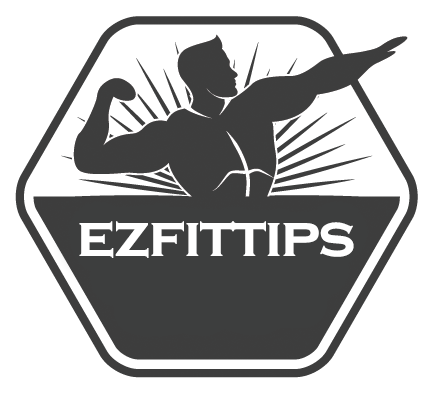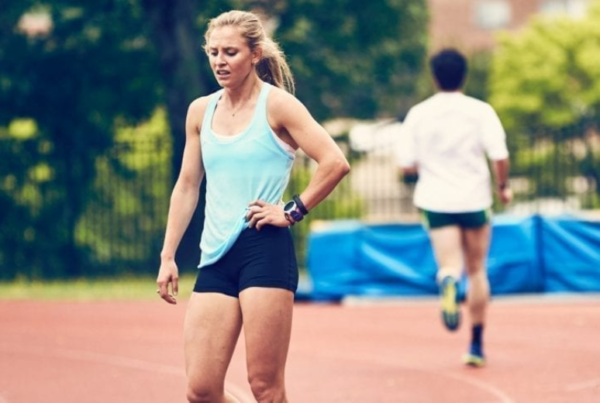Nutrition advice has come a long way and it continues to evolve. While dietary advice can be traced back to Hippocrates and Plato, a medical definition for the study of nutrition ‘dietetics’ wasn’t formed until 1839, and the Dietary Guidelines for Americans weren’t published until 1980. These guidelines are updated every five years as ongoing research studies redefine the way we review and apply nutrition information.
Similarly, sports-specific nutrition advances as new science improves our understanding of the effects of diet on performance. Fueling an athlete’s body historically relied on opinion and whatever foods were available at the time. In the early 2000s, sports nutrition became a nationally recognized, board-certified practice group with the credentials of CSSD (certified specialist in sports dietetics). This was a huge step in acknowledging athletes as being nutritionally unique.
Still, sports nutrition continues to evolve. Here are a few examples of the progress to date:
THEN: The first Olympics running race in 776 B.C. was won by a cook and baker, whose profession may have given him a competitive edge. Early Greek Olympians were known to fuel with a mostly vegetarian diet of fruit, cheese and wheat. The trend seemed to shift completely, with athletes consuming copious amounts of meat, bread and wine prior to competition, which highlights the importance of quality protein, easily digested carbohydrates and hydration (wine was much lower in alcohol in those days, but obviously something we’d advise against now).
NOW: While the basic importance of these macronutrients is still vital to an athlete’s health and performance, current elite athletes are advised to consume diverse diets to account for an active body’s need for both macro– and micronutrients. Not to mention proper hydration, with water (and sometimes electrolytes), has become integral to training.
TAKEAWAY: Food has always been regarded as an important part of an athlete’s routine. A diet that provides high-quality macronutrients and hydration is the foundation of all athletic performance.
THEN: Dried figs — a clear form of early, unprocessed sport nutrition — were commonly consumed throughout training.
NOW: Many athletes, such as endurance cyclists, currently add fruit (dried and fresh) to their training diets while others rely on more modern forms of sport-engineered carbohydrates such as gels and chews.
TAKEAWAY: Whether you stick with fruit or gels or a combination, carbohydrates are key for providing energy while training.
- READ MORE: 10 Risks of Underfueling For Athletes
THEN: In the early 1900s, it was common for athletes to forgo food and drink completely during competitions. Knowledge of what to eat was largely personal opinion, instinct and superstition, and it lacked structured guidelines. It was common for athletes to suffer from race-ending GI disasters.
NOW: In the 1930s, the benefit of mid-training carbohydrate intake was formally acknowledged. This discovery led to endurance athletes cutting back on animal proteins before competition in favor of high-carb foods. Rice, pasta and potatoes became common staples, and in the 1960s things progressed even more with the introduction of Gatorade. This was a huge innovation for sports nutrition as it provided a science-backed product aimed at giving athletes an energy source to consume during training. This also highlighted the importance of electrolytes and hydration needs during sport.
TAKEAWAY: Sport drinks are a tried-and-true way to boost energy with performance promoting carbohydrates, electrolytes and hydration.
THEN: The 1980s — and the popularity of bodybuilding — brought the development of nutrition products designed for sport. These processed, generic, chemically derived and portable powders were aimed at traveling fitness buffs looking to add muscle and bulk up.
NOW: Sport fuel has come a long way from bulk generic protein powders to having a whole-food focus with functional and more natural ingredients such as beet, mushrooms and turmeric. With advances in sport nutrition science, these products have targeted competitive benefits such as branch chain amino acids for muscle repair and caffeine for that performance edge.
TAKEAWAY: Skip generic supplements and opt for more natural, functional nutrition products that apply to your specific sport’s needs.
THEN: Years ago, athletes didn’t overthink their diets. They ate whatever calories were available. Attention was paid more to how much the athlete consumed and not what nutrition it offered.
NOW: There is currently a huge divide when it comes to the best general diet for today’s athlete; meat versus no meat, carbs versus keto. Despite the divide, athletes understand nutrition is individualized and specific to different performance goals. While the ‘best’ diet debate will undoubtedly continue, the biggest modern advancement in sports nutrition is how individualized things are getting. From personal sports dietitians, apps, tech gadgets, genetic testing and vitamin/mineral panels, athletes can focus on meeting their individual needs to gain a competitive edge.
TAKEAWAY: Go beyond the basics and implement a diet that specifically targets your body’s needs.
The future of sports nutrition will likely be changing at a rapid pace due to technology, medicine and science progressing at a similarly speedy pace. Experimenting with personalized, engineered sport foods to find what works for you is a great way to attempt to boost your performance. However, while there will always be advances in sport food products and trends, the need to consume a balanced, nutritious diet will never go out of style. Seeking an experienced dietitian is an ideal way to apply the changes in nutrition for your own benefit.









